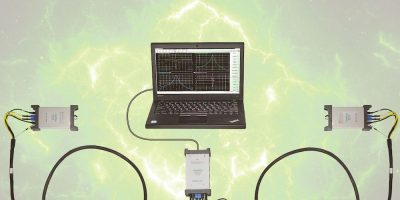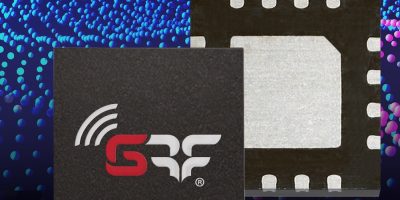Vector network analysers (VNAs) from Anritsu offer performance and cost advantages up to 43.5GHz, said the company. The ShockLine ME7869A series conducts long distance, full vector S-parameter measurements over distances up to 100 meters. —
Anritsu has released three models in the distributed modular two-port vector network analysers operating up to 8GHz, 20GHz and 43.5GHz, respectively provide unprecedented cost efficiency, flexibility, and ease of use to a variety of existing and emerging commercial and military antenna design applications.
The ME7869A is configured with two MS46131A 1-port VNAs that can each be directly connected to the antenna under test (AUT). Cable length for each VNA module can be equal or different lengths, depending on the application. It eliminates the need for long RF coaxial cables that create high loss, and phase and magnitude instability. The design addresses the need to accurately and repeatably measure antennas over long distances, such as in anechoic chambers and antenna test ranges.
Anritsu’s PhaseLync synchronisation technology enables two MS46131A VNAs to phase synchronise with each other over the full 100 meter distance. PhaseLync improves dynamic range and measurement stability of S-parameter measurements by eliminating the need for long cables necessary with conventional benchtop VNAs.
The distributed modular VNA solution in the MN25132A control module simplifies installation. It acts as a junction for the cables and supplies power to the two MS46131A VNAs. There is no need to attach separate power supplies to the two VNA heads. The control module also interfaces the two VNAs to a laptop configured with ShockLine software, explained Anritsu.
The ShockLine ME7869A brings can be used in an insertion loss application that requires long cable runs at frequencies up to 43.5GHz compared to alternative expensive benchtop VNAs that require superior dynamic range. For example, it can be used in satellite, materials measurement, aerospace and defence and signal integrity environments.







